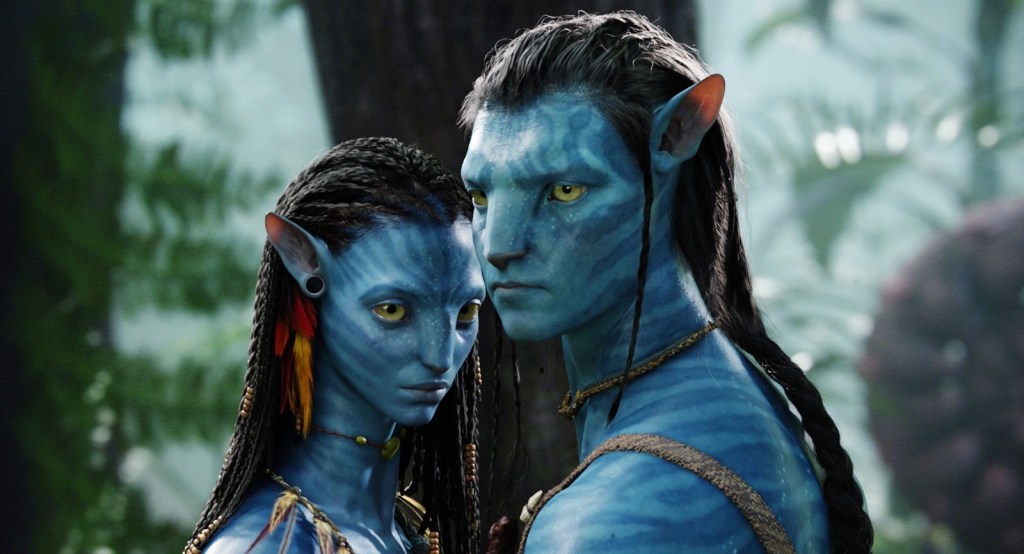Think back to a time before Bitcoin, Instagram and the expression “on fleek”… From 1994 until its closure in 2009, GeoCities hosted more than 38 million pages. For many, it was the first time internet users could express themselves online, a place for creating personalized and niche sites about anything from afghan hounds to alien abductions. Flash forward a few decades and NZ-born, Berlin-based designer Cameron Askin has sifted through thousands of these archived sites to bring them back from the cyber graveyard—all in their original form with links intact. The end product is Cameron’s World, a garishly-decorated wormhole into some of the weirdest corners of the old school internet. We caught up with Cameron to ask him about his latest project.
The Creators Project: How exactly would you describe Cameron’s World?
Videos by VICE
Cameron Askin: Cameron’s World is what I call a ‘web-collage.’ The layout of the illustration is dynamic and responds to the screen size of your device. Creating Tumblr-sized graphics didn’t make sense; I wanted to capture the crazy-intensity of animated GeoCities. I knew I wouldn’t be able to create all of the GIFs myself (there are over 700 on Cameron’s World) so a collage of found material made sense.
How did the idea come about?
It was after discovering the ‘One Terabyte of Kilobyte Age Photo Op’ project by Olia Lialina and Dragan Espenschied, where screenshots of archived GeoCities pages are generated and posted on Tumblr from oldest to newest. I started exploring the GeoCities archives—such as OoCities—and I was really inspired by what I found. There’s not a whole lot of ‘nice,’ or user-friendly, web design in there but the archives are exploding with creativity.
How long did the project take you?
A pretty decent chunk of my lifetime. I’ve been working on it since October last year.
Technically, how did you put it together?
GeoCities was divided up into directories called ‘neighborhoods’. For example the ‘Area51’ neighbourhood was all about science fiction, fantasy and conspiracy theories. I would dig through these neighborhood directories and open hundreds of tabs at once (I had a nifty Chrome plugin) and would pull the GIFs and interesting text out, screenshot them and note URLs. After collecting thousands of GIFs and text snippets I dropped everything into an enormous Photoshop document and positioned things into loose groups. I tried to capture some key themes and trends in each section. Each element was then individually positioned with CSS. We also created some responsive rules so that the page would look good on any device’s screen size. The developer Anthony Hughes handled the server setup, worked on Node.js asset pipeline and optimizations. We created an overly complicated pipeline that meant that the layout started in Photoshop, then SASS, then processed in Node with custom Post CSS modules, then went to the browsers where we tweak some more client side. We target modern browsers, which is kind of ironic. The biggest challenge was how it would handle the 760 GIFs on the page. We trialled MP4 but browsers actually handled GIFs amazingly well.
Did you have a GeoCities site back in the day?
Yes! Complete with a jokes section. I can’t find it. I’ve been searching. Maybe one day it will be archived.
Obviously the internet’s changed a lot since these sites were active. What are your internet predictions for the next couple of decades?
I think in 20 years we will need a second internet. Maybe one solely dedicated to cat videos. In terms of visual trends I think there’s currently a shift away from minimal design back to more opulent aesthetics.
Cameron’s World was collected and assembled by Cameron Askin, with Javascript/backend development by Anthony Hughes and music by Robin Hughes.
Related:
Preserving The Internet’s Digital Past



